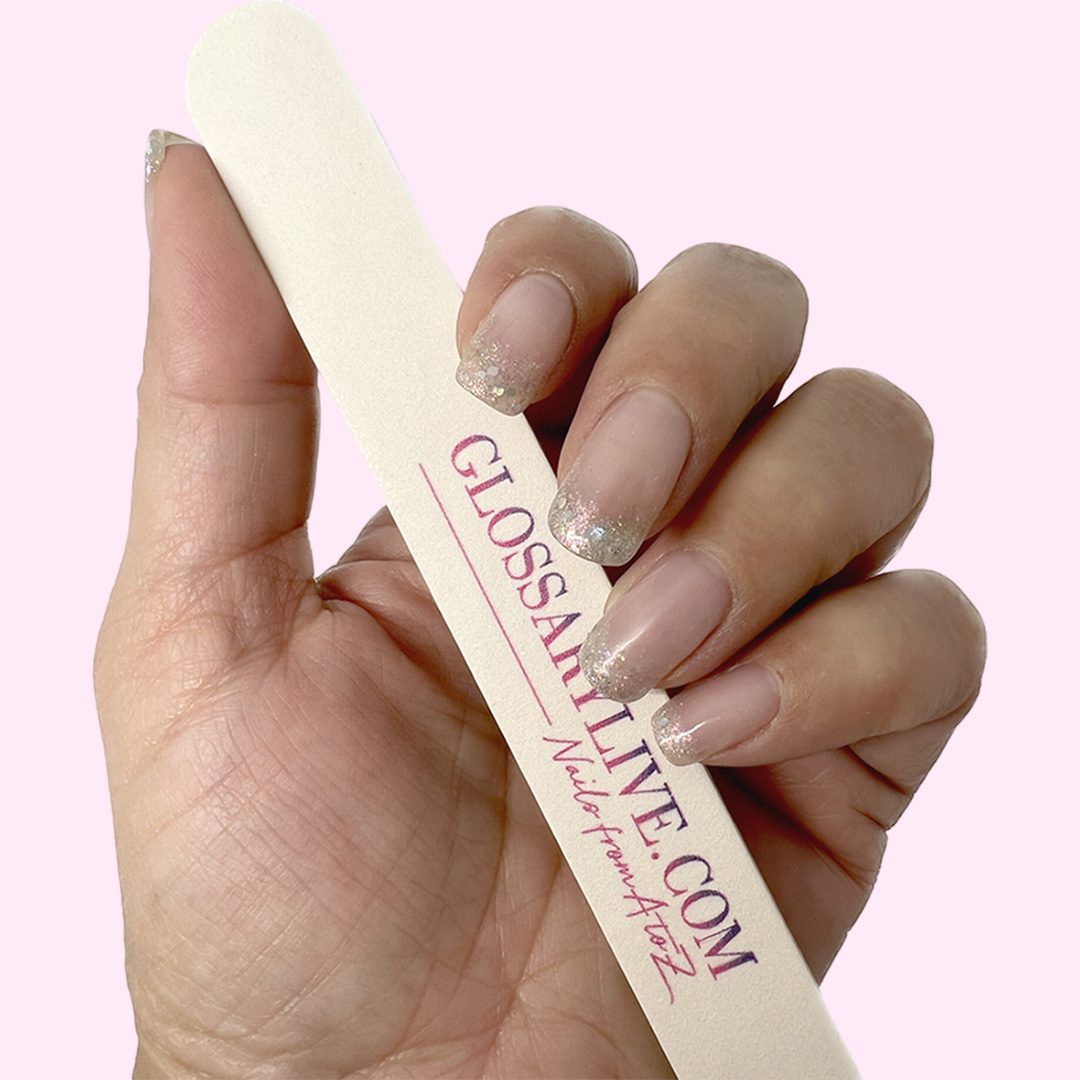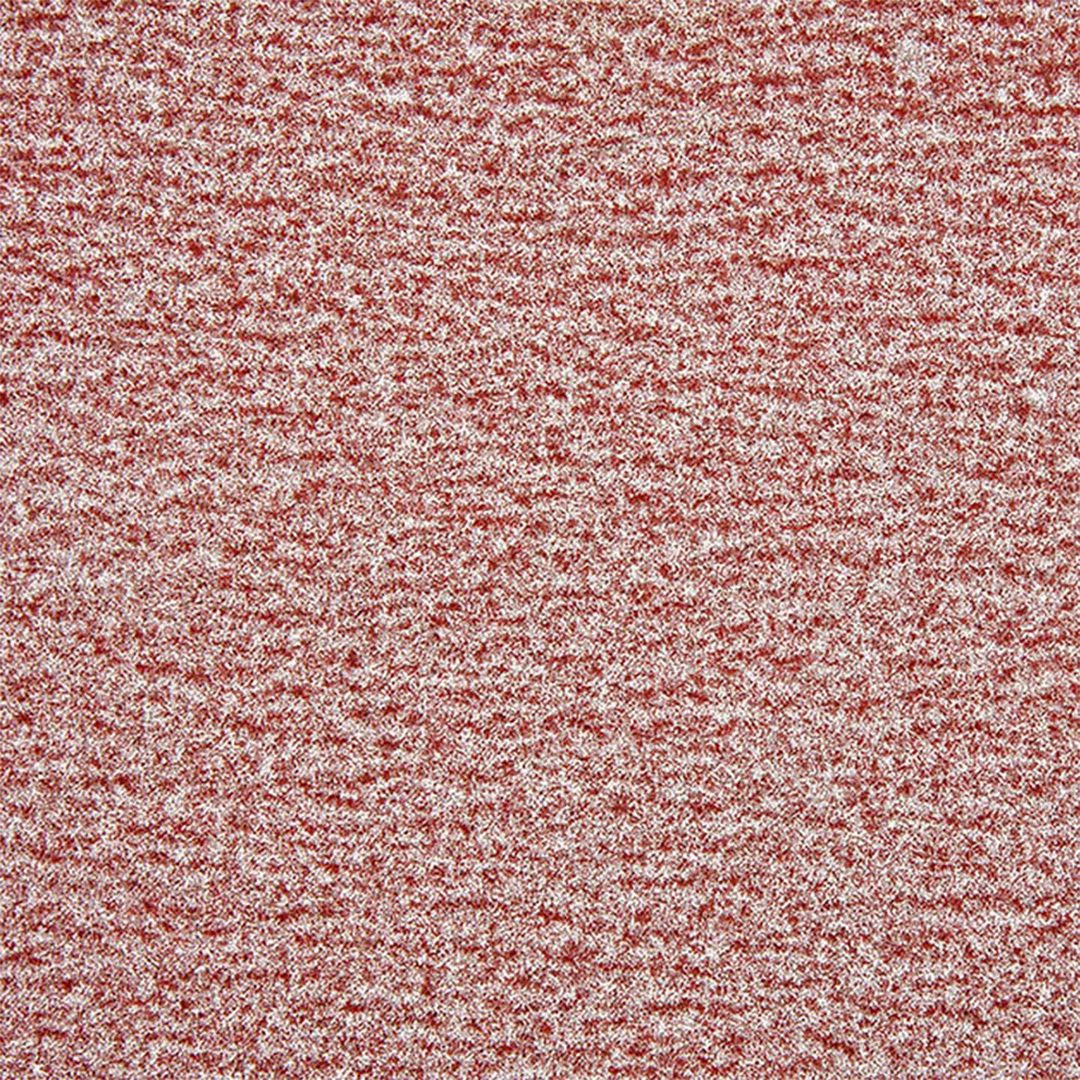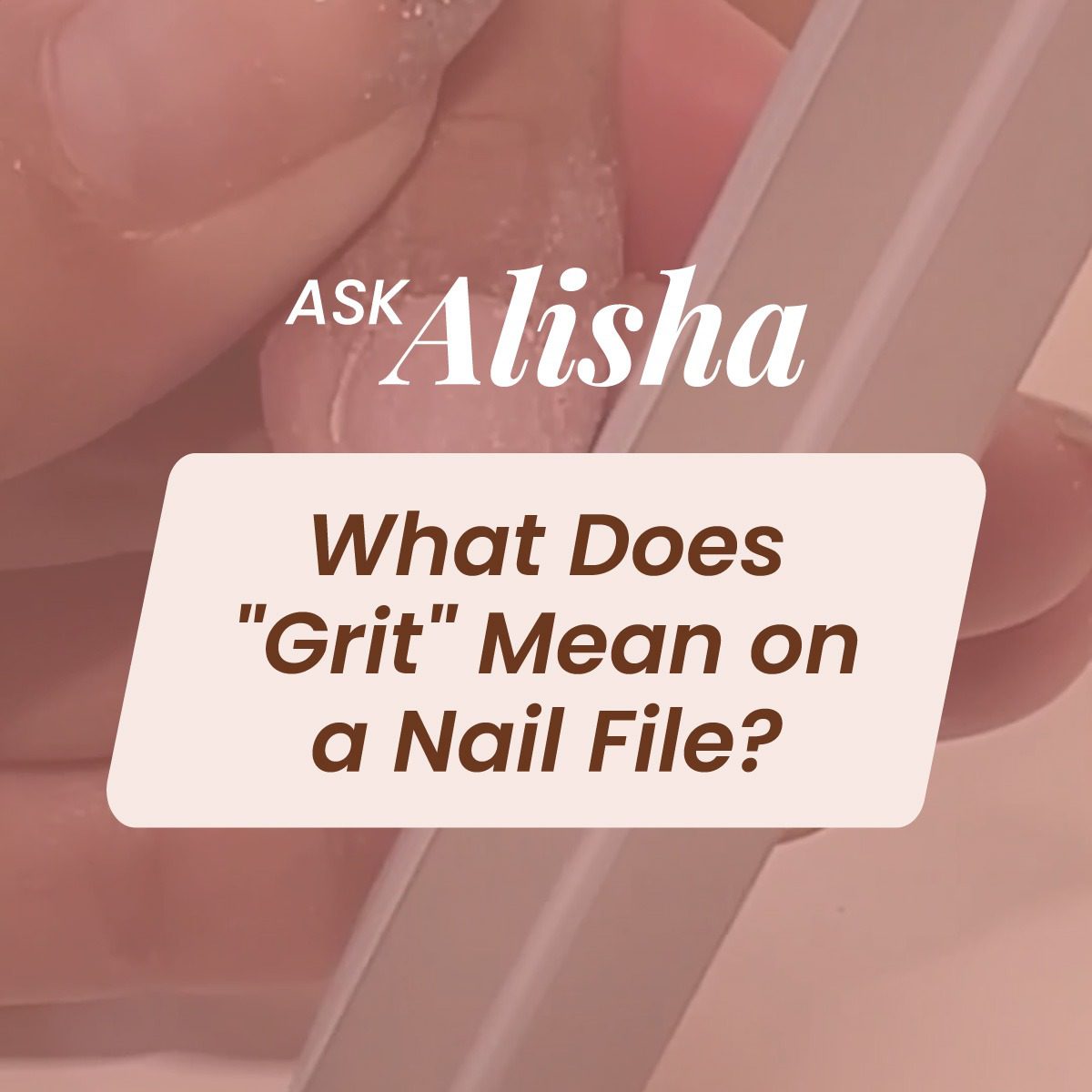Hey everyone! I’m excited to dive into one of the questions I get asked a lot: “What does grit mean on a nail file?” In my latest video, I break down what “grit” is and how to choose the right one for your salon services.
First things first, grit refers to the number of sand particles per square inch on a file. So, if a file has a high grit number — let’s say 240 or above — that means there are lots of particles packed together, creating a smoother surface. Higher grits are great for buffing and gently refining the surface of artificial nails or carefully smoothing the surface of a natural nail. On the flip side, lower grits, like 80 or 100, are rougher and work well for taking down product faster. Personally, I don’t use anything rougher than a 100 because it’s plenty strong for any salon service I’ve encountered.

The structure or how a file is made is also an important aspect of how the grit will perform. Files with a hard core are stronger and more rigid, while those with a spongy inside are softer, flex to the shape of the nail and are gentler on the nail surface. Choosing the right grit can really make a difference while working, so I suggest feeling the surface of the file before you begin. Make sure it has the texture you need, whether you’re removing a lot of product or just giving the nails a smooth finish.

For even more details on grit types and file choices, check out our “Terminology” section on GlossaryLive.com. It’s packed with tips to help you navigate the best tools and techniques in the nail world. So watch the video, explore GlossaryLive, and let’s make every nail flawless!


